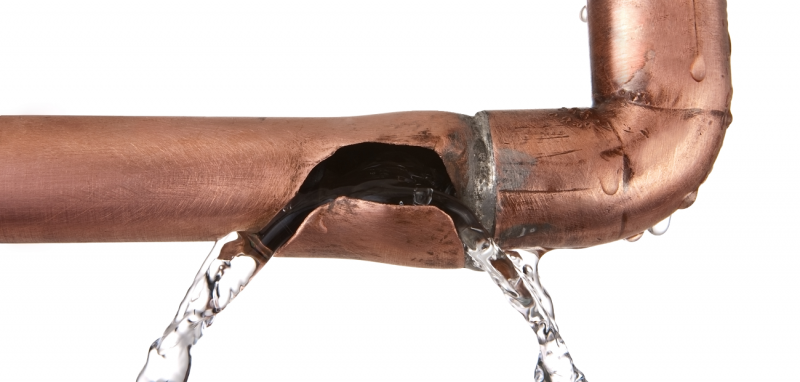Subzero and Arctic temperatures across a dozen states this week are putting homes' pipes at risk of bursting. As water freezes, it expands. That can put pressure on metal or plastic pipes, prompting them to burst and leading to costly repairs and home destruction.
Homes in the northern parts of the U.S. may be at less risk for frozen pipes since many homes are built with water pipes within a home’s building insulation to help protect them from freezing temperatures, USA Today reports. However, homes in the east, mid-Atlantic, and South may be more prone to freezing pipes.
Pipes most at risk of freezing likely would be found in the attic, garages, crawlspaces, basements, and pipes that run against exterior walls with little or no insulation.
"Your older houses are going to be probably more susceptible to this because the insulation wasn’t as good back then and they might have routed some pipes in places where maybe they shouldn’t have," John Galeotafiore, who oversees testing of power gear and home products with Consumer Reports, told USA Today. "Having said that, there could be some new construction that people just didn’t do it the right way."
Preventing Pipes From Freezing
The Red Cross has several tips on its website to help prevent frozen pipes, including:
- Keep garage doors closed if there are any water supply lines in the garage.
- Open kitchen and bathroom cabinet doors to allow warmer air to circulate.
- Let a small stream of water drip from faucets that are served by exposed pipes. When the outside temperatures are particularly cold, and you fear frozen pipes, even a trickle of water from the faucets could help prevent pipes from freezing.
- Keep the thermostat set to the same temperature during the day and night. Maintaining a warmer temperature inside the home can help.
If the Pipe Bursts or Is About To …
Turn off the water at the main shutoff valve immediately. Homeowners can usually find that at the water meter or where the mainline enters the house.
If the pipe hasn’t burst yet, you may see an indication that it is about to: Water flow from a faucet may be slower than normal. To try to thaw it, leave the faucet on. Running the water will help melt any ice within the pipe.
Also, some homeowners may use a hair dryer or heating pad to warm the pipe. Start from the faucet and work your way along to heat up the pipe, Remington Brown, senior engineer director with the Insurance Institute for Business & Home Safety, told USA Today. Also, towels soaked in water that are wrapped around the pipe may help too. The application of heat may help full water pressure return.
If the pipe is already fully frozen, call a licensed plumber.
Source: “If Pipes Are Frozen, Should You Leave the Faucet On? Here’s How to Thaw Pipes During Winter Storms,” USA Today (Feb. 16, 2021) and “Frozen Pipes,” American Red Cross













